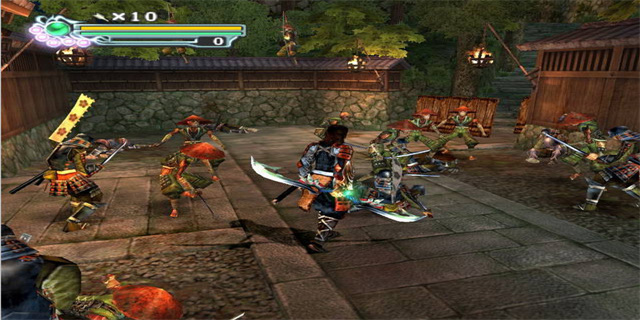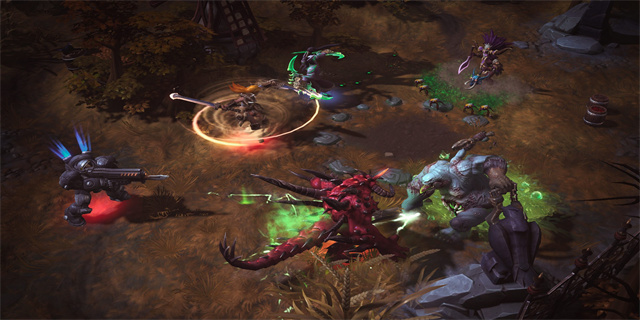3D Spiderweb: The Marvel of Digital Weaving
Introduction
Spiderwebs have always fascinated humans with their intricate patterns and strength. These natural creations have inspired numerous scientific advancements and artistic creations. With the advent of 3D technology, a new medium of expressing the beauty of spiderwebs has emerged - the 3D spiderweb. In this article, we will explore the captivating world of 3D spiderwebs, their applications, and the fascinating process of their creation.

The Process of Creating 3D Spiderwebs
Creating a realistic 3D spiderweb requires a combination of artistic skill, technical proficiency, and meticulous attention to detail. The process typically involves the following steps:

1. Design
The first step in creating a 3D spiderweb is designing the overall structure and pattern. Artists and designers use specialized software to model the web and determine the placement of each thread. This allows for the creation of realistic and visually appealing spiderweb designs.
2. 3D Modeling
Once the design is finalized, the next step is to transform the 2D design into a 3D model. This is done using 3D modeling software, which allows artists to add depth, texture, and dimension to the spiderweb. Details such as the thickness of the threads, the spacing between them, and the curvature are carefully adjusted to achieve a lifelike appearance.
3. Texturing and Materials
After the 3D model is created, the next step is to apply textures and materials to enhance the realism. Artists use specialized software to add details such as the glossy appearance of silk, the translucency of the threads, and the subtle variations in color. This attention to detail is crucial in creating a convincing and visually stunning 3D spiderweb.
4. Lighting and Rendering
Lighting plays a crucial role in the final presentation of a 3D spiderweb. Artists use advanced rendering techniques to simulate natural lighting conditions, casting intricate shadows and highlights that enhance the depth and realism of the web. This step brings the 3D spiderweb to life, making it appear as if it could be touched and interacted with.
Applications of 3D Spiderwebs
The creation of 3D spiderwebs opens up a world of possibilities in various fields. Here are a few examples of how 3D spiderwebs are being utilized:
1. Entertainment and Media
3D spiderwebs have found their way into movies, animations, and video games, adding an element of realism and beauty to these visual mediums. Whether it's a superhero swinging through a city or a fantastical creature spinning a web, 3D spiderwebs help create immersive and visually captivating experiences.
2. Scientific Visualization
Scientists and researchers often use 3D spiderweb models to study the structural properties and mechanics of spiderwebs. These detailed models allow them to analyze the strength and flexibility of spiderwebs, potentially leading to advancements in materials science and engineering.
3. Architectural Design
Architects and designers are increasingly using 3D spiderwebs as inspiration for building designs. The complex and interconnected nature of spiderwebs can be translated into stunning architectural structures that are not only visually striking but also efficient and structurally sound.
Conclusion
3D spiderwebs are a testament to the incredible capabilities of digital technology in capturing the intricacy and beauty of nature. From their creation process to their wide range of applications, 3D spiderwebs continue to captivate and inspire audiences across various industries. As technology advances further, we can expect even more breathtaking creations that blur the line between the digital and natural world.



















